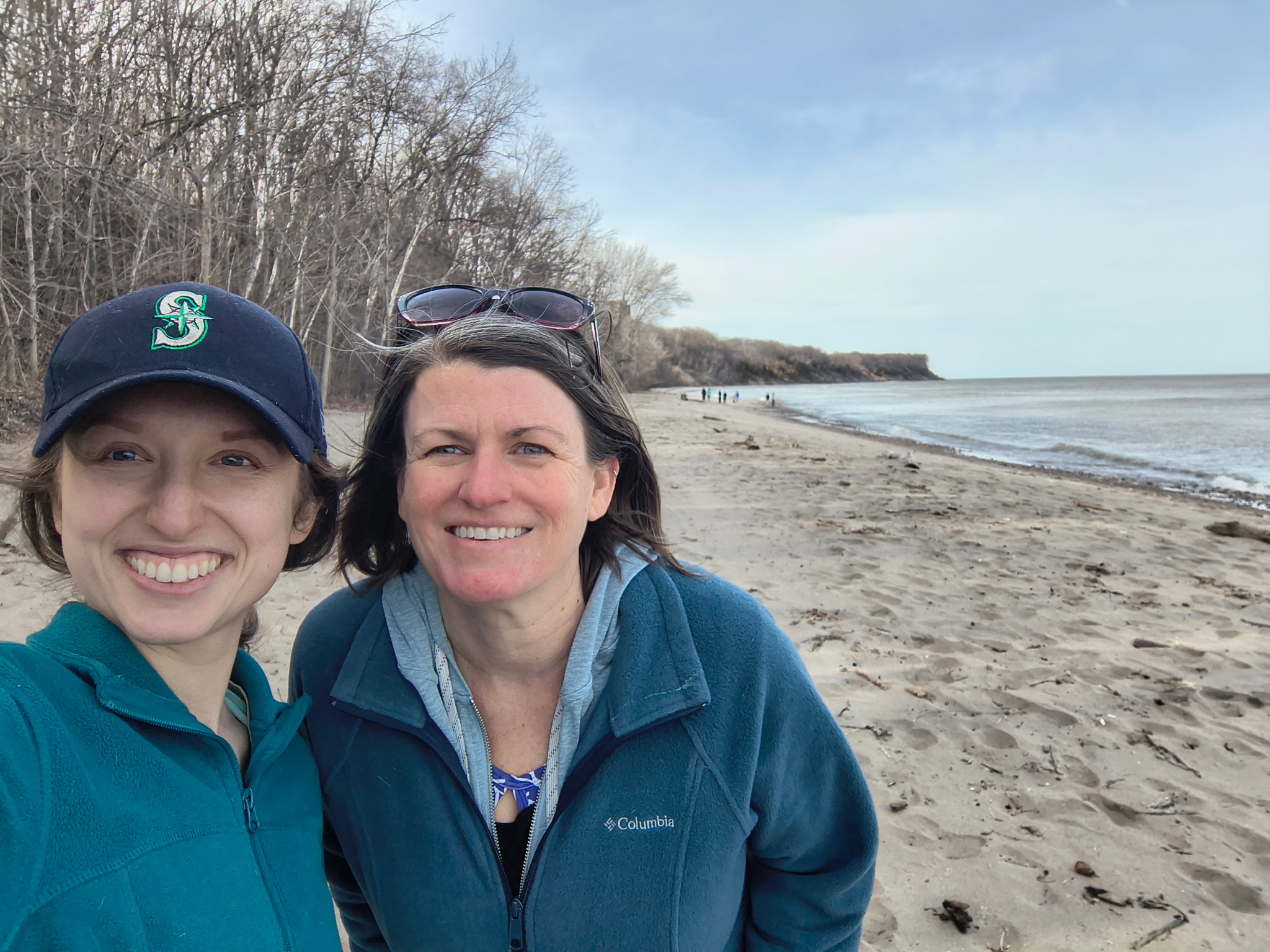While advertising slogans have urged consumers to think of pork as “the other white meat” and beef as simply “what’s for dinner,” there soon could be more Wisconsin farm-raised fish on plates thanks to the efforts of a research team funded by Wisconsin Sea Grant.
More than 90 percent of the fish Americans consume is imported. The country’s seafood trade deficit has grown to more than $14 billion annually. That’s why advancing sustainable aquaculture to offer a domestic source to satisfy that appetite is a top goal of the national Sea Grant program.
Here in Wisconsin, that means gaining a better understanding of what local consumers want to eat and how they perceive fish farmed in Wisconsin.
It also entails working with fish farmers to understand why they’re raising the particular fish they are, what they might consider raising, and how they can best market their products to grocery shoppers and restaurant diners.
Coordinated by Bret Shaw, a University of Wisconsin-Madison professor of life sciences communication, a team of four researchers has begun a two-year study. Their end goal is actionable information that will help inform fish farmers about consumer perceptions of their products. Wisconsin aquaculture is currently a $21 million industry.
This study builds on earlier, non-Sea Grant work that Shaw has done to promote local produce, now an established part of the movement for sustainable food choices. Many consumers seek out local produce for a variety of reasons, ranging from perceived higher quality to a desire to keep their food dollars local.
Yet farmed fish does not always have those same “eat local” connotations, at least not yet, according to Shaw and his fellow investigators.
“A lot of people don’t know there are environmentally responsible ways to do fish farming,” said Deidre Peroff, a social scientist with Wisconsin Sea Grant.
“The idea is making Wisconsin farm-raised fish part of the local food movement,” said Shaw.
There are three major parts to the study, which will take place over the years 2018-20: surveying consumers, surveying fish farmers, and testing potential marketing messages “to see what gets people engaged to learn more about these issues,” said Shaw.
Both quantitative and qualitative surveys will be done. Kristin Runge, a communication researcher with UW-Extension, said qualitative interviews will shed light on the decision-making of people who do and don’t eat fish. “We want to talk to people in depth. How do they perceive fish in general, fish from Wisconsin and fish that’s raised in farms?”
Chris Hartleb, a professor of fisheries biology at UW-Stevens Point, brings aquaculture expertise to the research team. Hartleb also directs UW-Stevens Point’s Northern Aquaculture Demonstration Facility located in Bayfield, Wis.
For Wisconsin fish farmers, said Hartleb, “You want to make sure you’re producing the fish that people want to buy. My role [in the project] on the fish-farmer side is to set up a nice diversity of fish farmers, the types of food fish that they’re producing, and making sure we get at the right questions about why they’re raising those particular fish, the challenges they have in raising them. and how they’re going to meet the needs of changing consumer tastes.”
The research team is excited to embark on work that will produce practical, useful information for fish farmers in Wisconsin.
“Ideally, at the end of the day, we’ll have a pretty comprehensive idea for those interested in aquaculture on where the public stands, how they might respond to specific messages, and which messages—grounded in research—might be most effective for them to get their points across,” said Runge.
Added Shaw, “We need to create an attractive climate in Wisconsin where supply can meet a growing demand.”
For more information about the project, contact Shaw at brshaw@wisc.edu.





